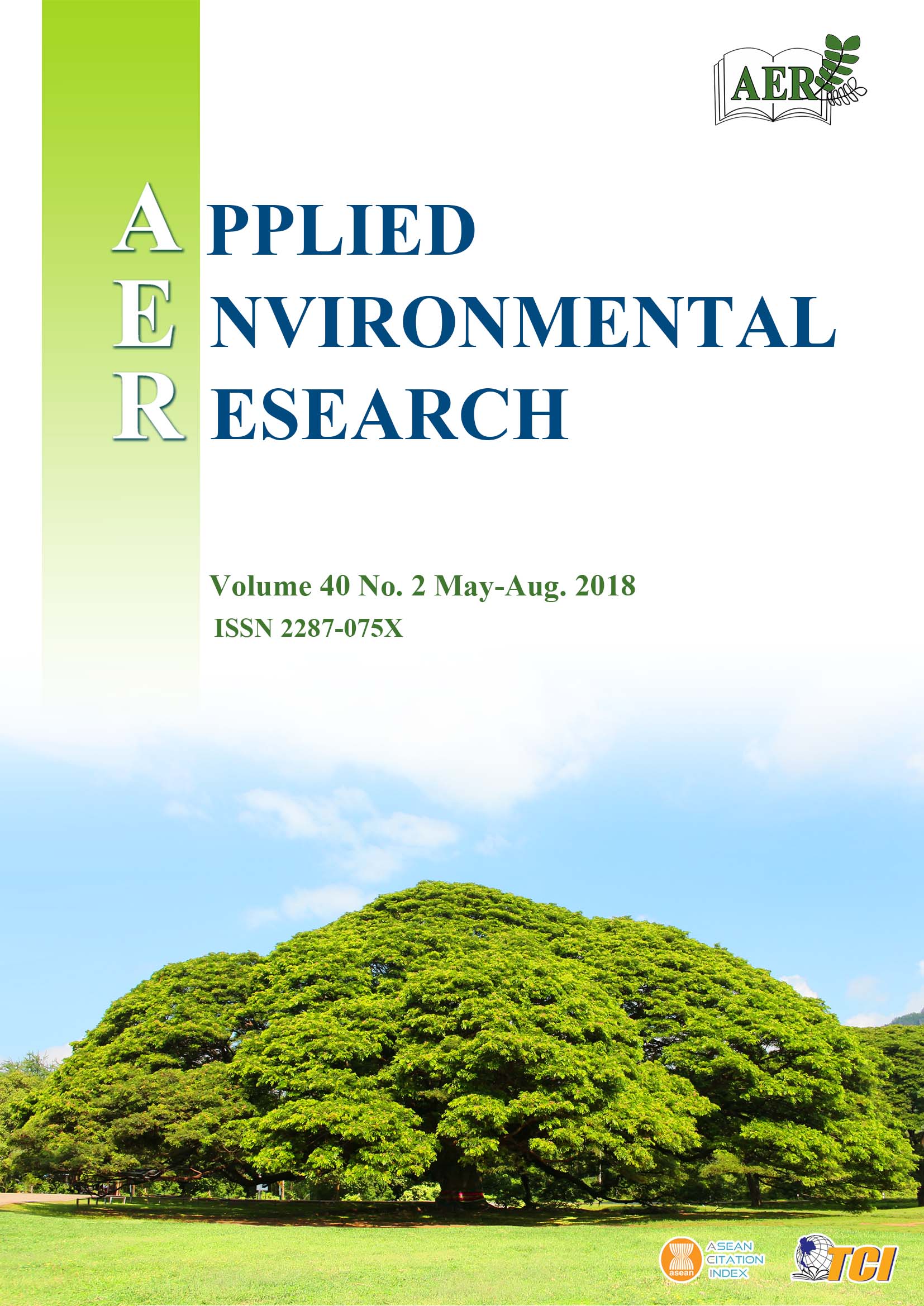Quantification of Environmental Flow Requirement of the Khun Dan Prakan Chon Dam Using Hydrological-Hydraulic-Habitat Simulation Methods
Main Article Content
Abstract
With increased water demand, reservoir operation has become more complex with the need to quantify the exact amount of water needed for each demand sector. The environmental flow requirement, also known as instream flow is regarded as the first-prioritized objective of the multipurpose water resources projects in Thailand. The capability of reservoirs in Thailand to allocate water for environmental needs depends on available supply, strategies and operating policy. Therefore, this study aims to assess the environmental flow requirements of Khun Dan Prakan Chon Dam using three methods; 1) the hydrological method (Tennant, Tessmann, 7Q10, FDC, and VMF), 2) hydraulic method (R2CROSS and wetted perimeter) and 3) habitat simu-lation method, using the PHABSIM model for physical habitat simulation of aquatic organisms in the Nakhon Nayok River. The hydrological approach was performed under the historically-naturalized flow data of the NY.1B station and established hydrologic flow regime during low flow and high flow months. The environmental flow rates obtained from two hydraulic methods were based upon field observations at the NY.1B station significantly. However, the biological conditions and interactions of aquatic organisms in the river were not principally characterized in hydrologic and hydraulic approaches. In addition, the estimated results performed by habitat simulation model gave an additional meaning of ecological flow needs mainly for aquatic habitat conservation in the river. By integrating the conditions of hydrologic and hydraulic flow regimes as well as the habitat conservation objectives, environmental flow rates of 8-10 cm were recommended to determine the downstream release of Khun Dan Prakan Chon Dam; these recommendations were very close to those derived using the Tessmann, 7Q10 and PHABSIM methods-Tennant and flow duration curve methods.
Article Details

This work is licensed under a Creative Commons Attribution-NonCommercial 4.0 International License.
Published articles are under the copyright of the Applied Environmental Research effective when the article is accepted for publication thus granting Applied Environmental Research all rights for the work so that both parties may be protected from the consequences of unauthorized use. Partially or totally publication of an article elsewhere is possible only after the consent from the editors.

